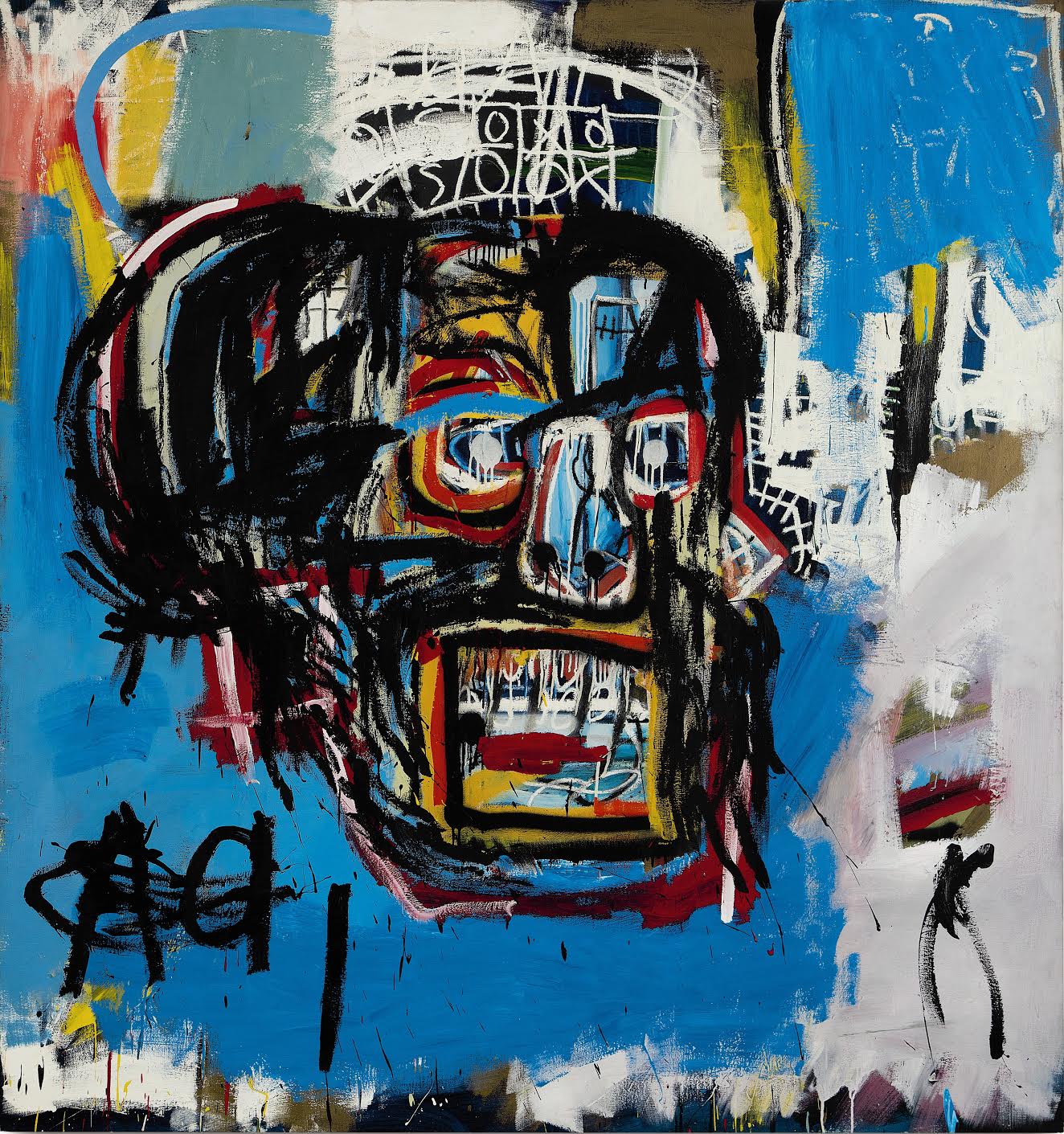
Neo-expressionism is a style of late modernist or early-postmodern painting and sculpture that emerged in the late
1970s. Neo-expressionists were sometimes called Transavantgarde, Junge Wilde or Neue Wilden ('The new wild ones'; 'New
Fauves' would better meet the meaning of the term). It is characterized by intense subjectivity and rough handling of
materials.[1]
Neo-expressionism developed as a reaction against conceptual art and minimal art of the 1970s. Neo-expressionists
returned to portraying recognizable objects, such as the human body (although sometimes in an abstract manner), in a
rough and violently emotional way, often using vivid colors.